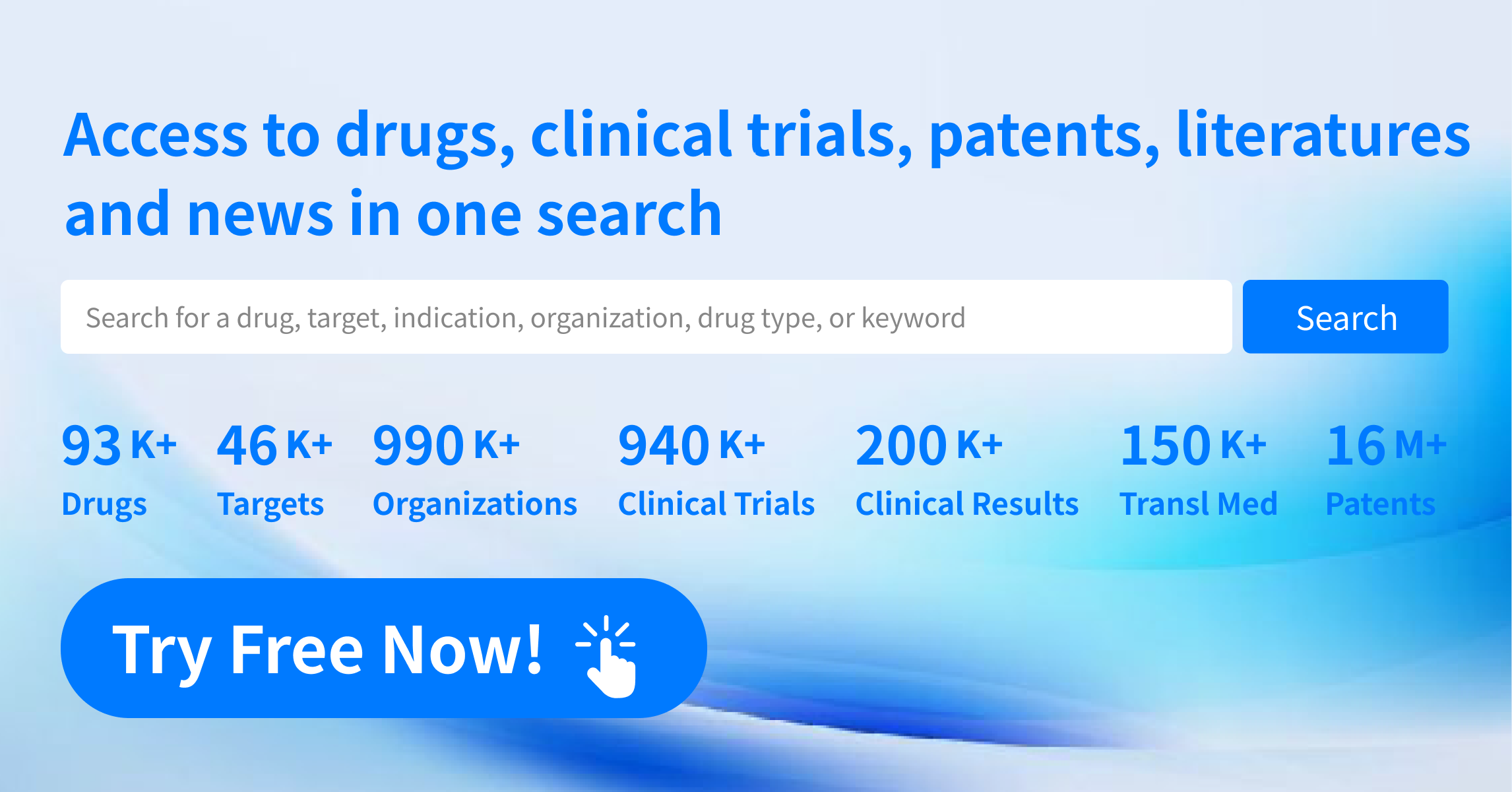Dupilumab Achieves Primary and All Key Secondary Endpoints in Phase III Study for Bullous Pemphigoid (BP)
On September 11, 2024, Sanofi and Regeneron jointly announced that their pivotal study (ADEPT) of Dupilumab (brand name: Dupixent) for the treatment of moderate to severe adult patients with Bullous Pemphigoid (BP) met its primary and all key secondary endpoints. The study demonstrated that, compared to patients receiving a placebo, those treated with Dupilumab were five times more likely to achieve sustained disease remission.
Dupilumab is the first and only biologic to achieve disease remission and significant symptom improvement in a pivotal study for Bullous Pemphigoid. If approved, it will become the first and only targeted treatment for BP in the US and EU.
About ADEPT
ADEPT is a randomized, Phase 2/3, double-blind, placebo-controlled study evaluating the efficacy and safety of Dupixent over a 52-week treatment period in 106 adult patients with moderate to severe BP. Patients were randomized to receive Dupixent or a placebo every two weeks, along with oral corticosteroids (OCS). During treatment, OCS tapering began after two weeks of sustained disease control and could start as early as four to six weeks after randomization, continuing as long as the disease remained controlled with the goal of completing the taper within 16 weeks. Following OCS tapering, patients continued with Dupixent or placebo only, unless rescue therapy was needed, for a minimum of 20 weeks.
The primary endpoint assessed the proportion of patients achieving sustained disease remission by week 36. Sustained disease remission was defined as complete clinical remission, completion of OCS taper by week 16, no relapse, and no use of rescue therapy during the 36-week period. Relapse was defined as ≥3 new lesions per month or ≥1 large lesion (diameter >10 cm) not healing within a week. The results showed that
·20% of Dupixent patients achieved sustained disease remission by week 36, compared to 4% in the placebo group (p=0.0114).
·Disease relapse-free after completing OCS tapering was 59% versus 16% (p=0.0023), and no need for rescue treatment during the study was 42% versus 12% (p=0.0004).
·Full remission and cessation of OCS by week 16 was achieved by 38% compared to 27%.
Secondary endpoints showed
·a ≥90% reduction in disease severity for 41% versus 10% (p=0.0003);
·linically meaningful reduction in itch for 40% versus 11% (p=0.0006);
·reduction in OCS use and rescue medication times with p=0.0220 and p=0.0016, respectively.
·Disease severity reduction compared to baseline was 77% versus 51% (p=0.0021);
·reduction in itch compared to baseline was 52% versus 27% (p=0.0021);
·days to complete remission after cessation of OCS was 40 versus 13 (p=0.0072).
In the older population, the overall incidence of adverse events (AEs) associated with Dupixent was 96% (n=51), similar to placebo. AEs more commonly seen in the Dupixent group with over three cases included peripheral edema, arthralgia, back pain, blurred vision, hypertension, asthma, conjunctivitis, constipation, upper respiratory tract infection, limb injuries, and insomnia. No AEs resulted in death in the Dupixent group, while there were two cases of mortality-related AEs in the placebo group.
About Dupilumab
Dupilumab is a fully human monoclonal antibody that inhibits signaling of interleukin-4 (IL-4) and interleukin-13 (IL-13) pathways. IL-4 and IL-13 are structurally and functionally related cytokines involved in immune function, pregnancy, fetal development, mammary development and lactation, and brain functions including memory and learning. They also play key regulatory roles in diseases such as allergies, asthma, pulmonary fibrosis, and tumors.
Currently, Dupixent is approved for the treatment of type 2 inflammatory diseases including asthma, atopic dermatitis, chronic rhinosinusitis with nasal polyps (CRSwNP), and eosinophilic esophagitis. In July 2024, the European Medicines Agency (EMA) approved Dupixent as an add-on maintenance therapy for adult patients with uncontrolled chronic obstructive pulmonary disease (COPD) characterized by elevated blood eosinophils. This approval marks the first new treatment option for COPD in over a decade within the European Union and is the first targeted therapy approved for COPD patients.
Beyond its existing applications, Dupilumab is also being developed for the treatment of chronic pruritus of unknown origin (CPUO) in a Phase 3 study. Although the main itch response endpoint did not reach statistical significance (despite numerical improvement), all other itch-related endpoints showed nominally significant improvements. These include changes from baseline, the percentage of patients achieving no/mild itch, and changes in itch-related quality of life compared to baseline. The safety profile remained consistent with the known safety data of Dupilumab in its approved dermatological indications.
According to financial disclosures, Dupixent's sales reached $11.6 billion in 2023, and Sanofi forecasts its sales will reach €13 billion ($14 billion) this year.
About Bullous Skin Diseases
Bullous skin diseases are conditions where the immune system mistakenly attacks cell adhesion molecules in the skin, causing loss of connection among skin cells and resulting in blister formation. These conditions are relatively rare but quite serious. Pemphigus is characterized by acantholysis between epidermal cells, while bullous pemphigoid involves the separation of the epidermis from the dermis. The most common types include pemphigus vulgaris, pemphigus foliaceus, and bullous pemphigoid (BP).
BP is a chronic, relapsing disorder characterized by intense itching, blisters, redness, and painful chronic lesions. Blisters and rashes can appear on large areas of the body, leading to skin bleeding and crusting, which make patients more susceptible to infections and impact their daily functioning.
The incidence of bullous skin diseases varies significantly across different geographical regions and populations. Currently, BP remains the most common bullous disease in Germany and Central Europe, with its incidence having increased over the decades. This rise might be linked to the aging population, the increase in neurological disorders, certain medications, and enhanced awareness and diagnosis of atypical cases.
In 2018, Roche’s CD20 monoclonal antibody Rituximab received FDA approval as a first-line treatment for moderate to severe pemphigus, making it one of the few biological drugs used for common bullous skin diseases. Rituximab was introduced to the domestic market in 2003, initially approved for various hematologic malignancies, excluding bullous skin diseases. According to statistics, Rituximab sales reached $1.817 billion in 2023.
By current estimation, there are few commercialized treatments under development for bullous skin diseases, with ongoing research primarily focusing on monoclonal antibodies.
How to obtain the latest research advancements in the field of biopharmaceuticals?
In the Synapse database, you can keep abreast of the latest research and development advances in drugs, targets, indications, organizations, etc., anywhere and anytime, on a daily or weekly basis. Click on the image below to embark on a brand new journey of drug discovery!




